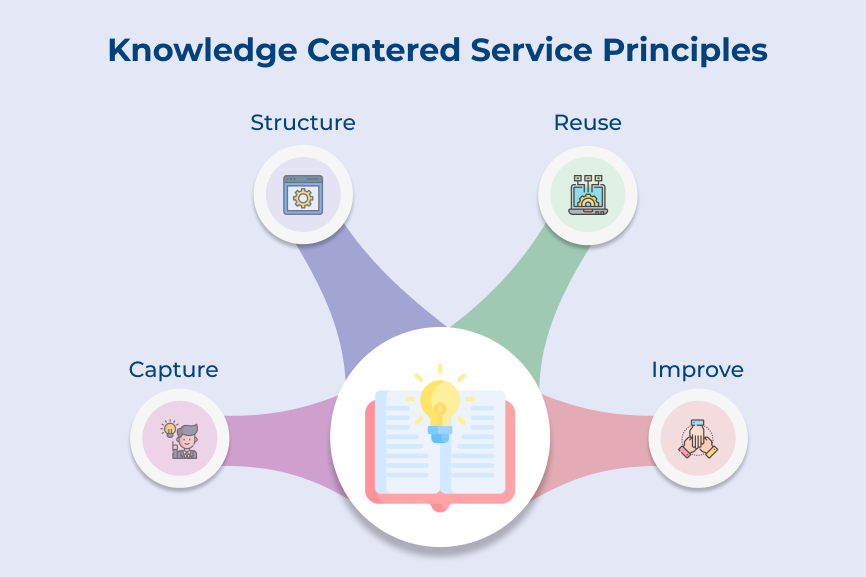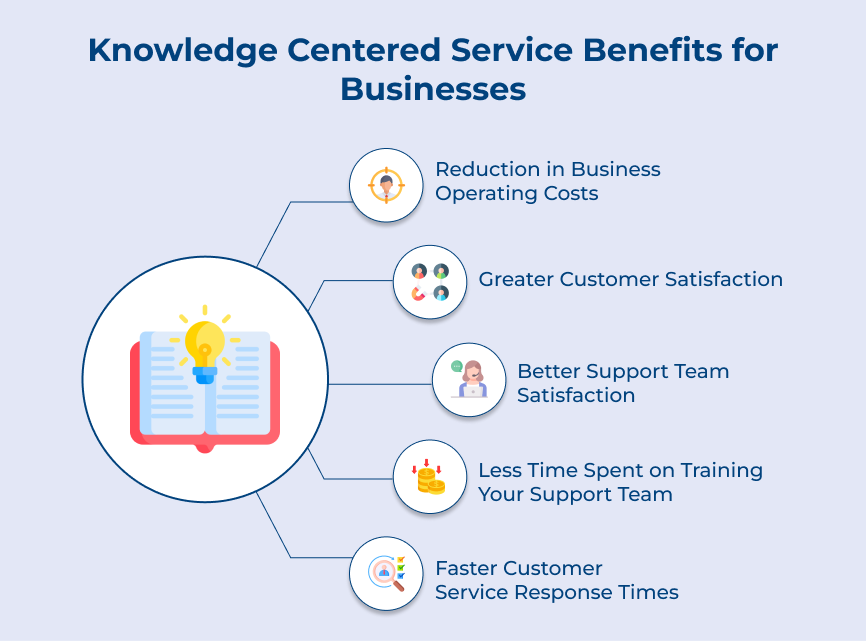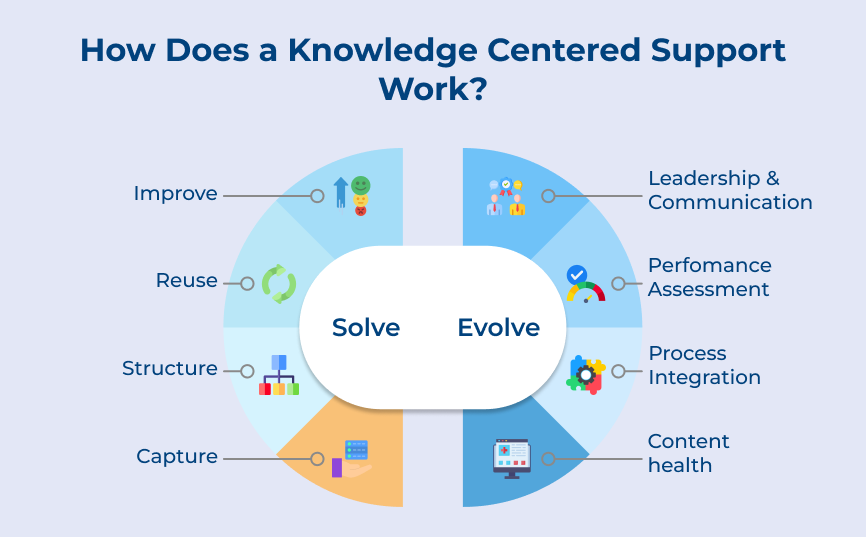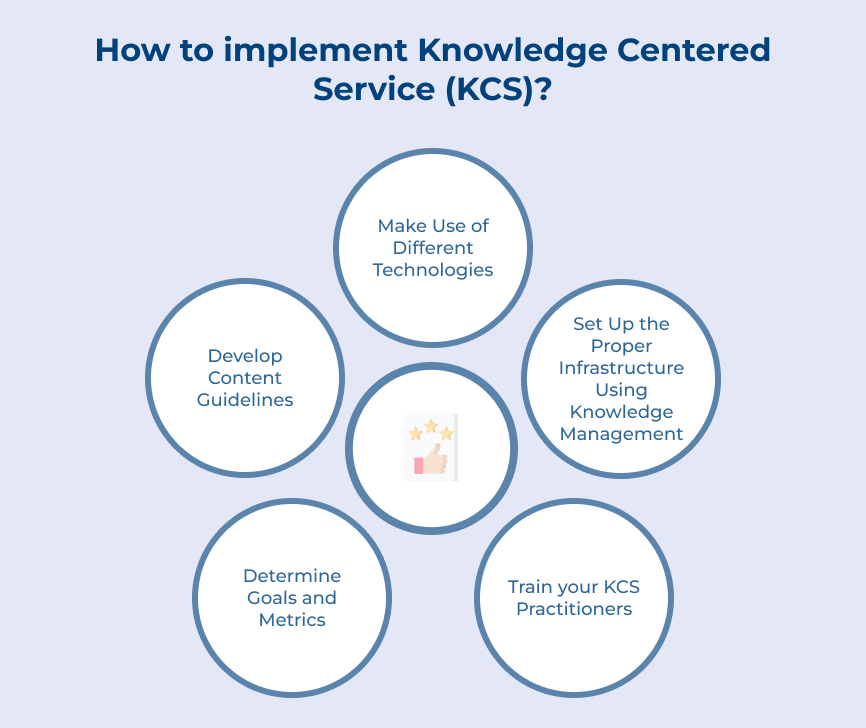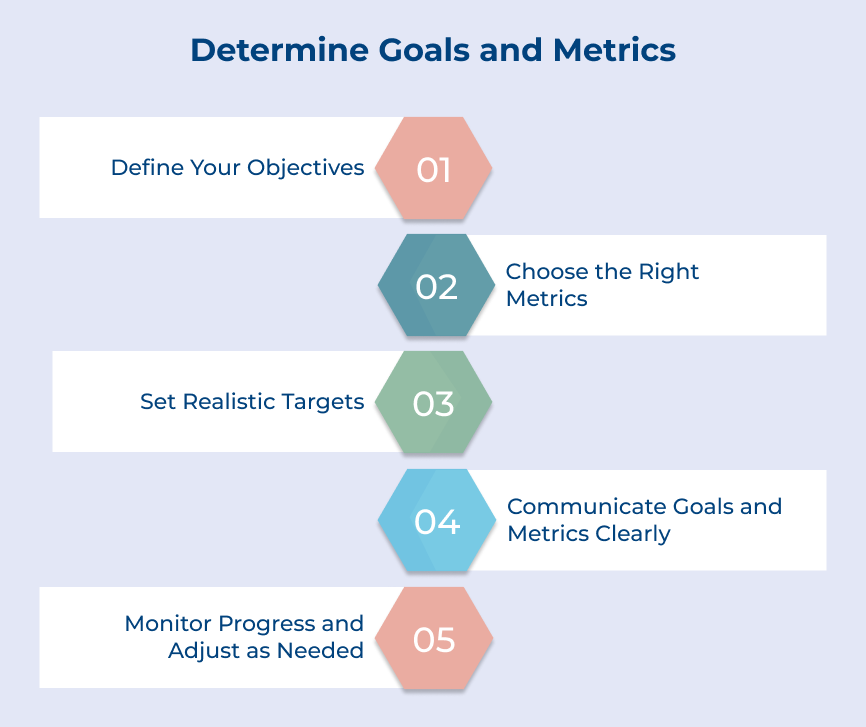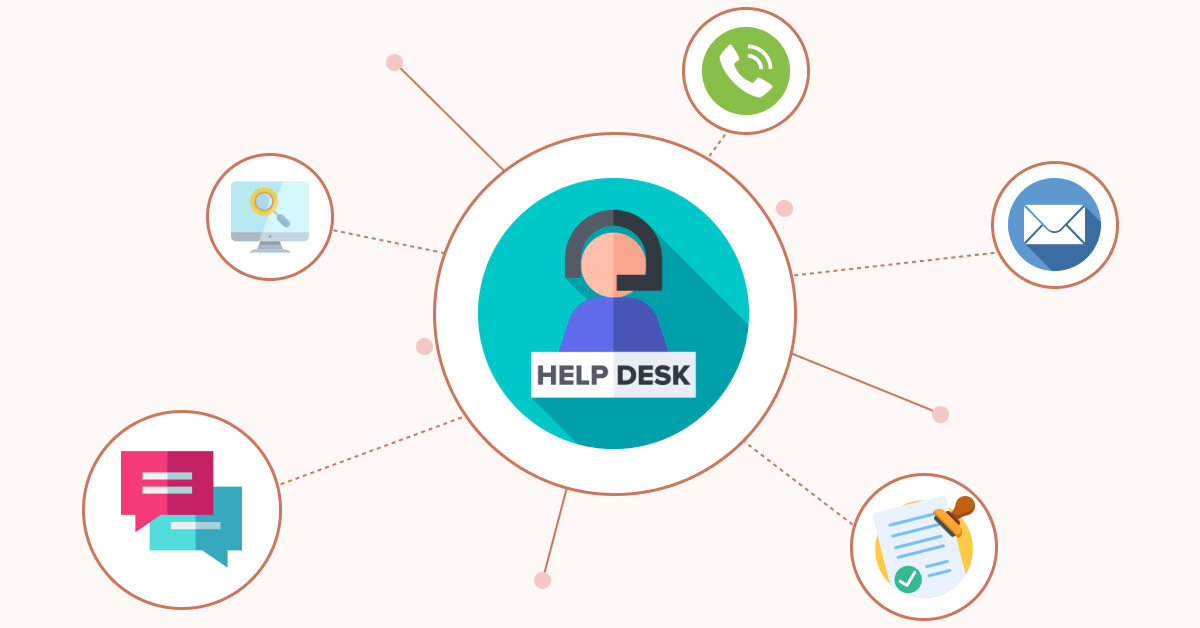A. The Double Loop
Have you heard about “The Double Loop” in knowledge centered service functions? It’s a method where knowledge articles are created and improved through the collaborative efforts of support teams. The iterative process involves capturing and sharing knowledge, promoting continuous learning within the organization. The loop is further divided into different stages:
1. Capture knowledge: The focus is on documenting knowledge from real-world experiences and problem-solving. The step is important because it allows organizations to build a knowledge base that can be accessed and shared by employees, improving efficiency. Employees submit and publish relevant articles based on their experiences to capture knowledge.
2. Structure knowledge: Involves categorizing and classifying information in a way that allows easy retrieval. The importance of the step lies in its ability to enhance efficiency and effectiveness in problem-solving. Structuring knowledge allows teams to quickly find relevant information and provide accurate solutions to customer inquiries.
3. Reuse knowledge: The goal is to maximize the value of knowledge by capturing, organizing and making it easily accessible for future reuse. The step is crucial because it allows organizations to provide efficient and consistent support by avoiding redundant efforts. It works by encouraging knowledge workers to reuse relevant knowledge articles or add new articles as they solve customer issues, continuously improving the knowledge base.
4. Improve knowledge: The focus is on continuously reviewing and updating knowledge articles to ensure relevance. It is important because it allows organizations to provide up-to-date and reliable information to customers, improving their overall experience. The step works by promoting collaboration among team members to identify and address knowledge gaps. It evaluates the effectiveness of existing articles through feedback and metrics.
B. Evolve Loop
The evolve loop is a process that integrates knowledge management into the support workflow. It encourages team members to contribute and improve articles continuously, resulting in an evolving knowledge base. The iterative loop drives efficiency and empowers employees to solve issues effectively. It is divided into different stages:
1. Content health: The step focuses on regularly maintaining the quality and accuracy of knowledge content within the organization. It ensures the information provided to customers is up-to-date, relevant and reliable. Maintaining content health is crucial because outdated or incorrect information can lead to customer dissatisfaction and confusion.
2. Process integration: Process Integration is an integral part of the Evolve loop in the KCS methodology. The step focuses on integrating knowledge into existing business processes to ensure its relevance and accessibility. It involves identifying overlaps in processes, creating new processes if needed and incorporating knowledge articles into the workflow.
3. Performance assessment: The effectiveness of the knowledge articles is assessed based on their usage and impact on solving customer issues. It helps identify any gaps or improvements needed in the knowledge base. The step is important as it ensures that the knowledge articles are accurate, relevant and contributing to customer satisfaction.
4. Leadership and communication: The step focuses on the importance of strong leadership and effective communication within the organization. It involves establishing clear roles, providing guidance and facilitating transparent communication channels. It ensures that everyone is aligned and working towards a common goal, resulting in better knowledge management.
How to implement Knowledge Centered Service (KCS)?
Explore the essential strategies to effectively implement knowledge centered service in your business, ensuring that you harness the full power of your collective knowledge to elevate customer service and operational excellence.






